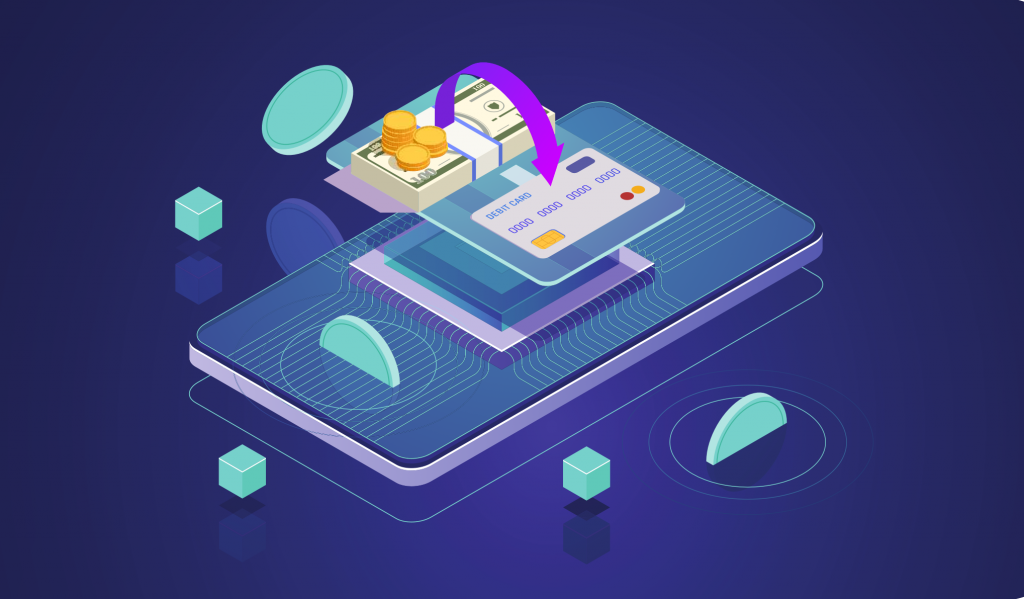Neobanks – A ‘Neo’ Face to Banking

Since the evolution of the human race, Finance, Economics and Banking have significantly developed. From quasi banks and grain loans of Babylonia to the establishment of modern banks – humankind has thrived in the progress of the banking sector. However, the question here is, has the banking sector progressed since the 19th Century? Of course, […]
Neobanks – Decoding everything about them!

Recently, the word Neobanks have been thrown around quite often. This may have left you wondering many things such as; Why a neobank? Are they real banks? Where is its place in the future? In this article, we have made an attempt to address everything that we think you should know about neobanks. For those […]



